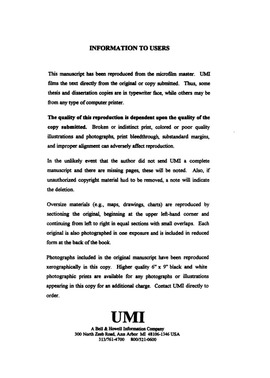| dc.contributor.advisor | Lakshmivarahan, S., | en_US |
| dc.contributor.author | Fiedler, Rachel. | en_US |
| dc.date.accessioned | 2013-08-16T12:29:52Z | |
| dc.date.available | 2013-08-16T12:29:52Z | |
| dc.date.issued | 1997 | en_US |
| dc.identifier.uri | https://hdl.handle.net/11244/5548 | |
| dc.description.abstract | Modern numerical weather prediction often employs an adjoint of the forecast model to optimally initialize the model with observations of the state of the atmosphere and thus to improve the accuracy of the forecast. This dissertation investigates the computational aspects used for the adjoint methods, and in particular the effectiveness of parallel algorithms. For demonstration purposes, we consider these algorithms applied to a simple, linear, shallow-water model, which is often used in real world problems. | en_US |
| dc.description.abstract | A forecast model, with its adjoint, can also be used as a tool to optimally determine parameters in physical laws, without the intent of using the forecast beyond the assimilation period. This dissertation also investigates such a use of an adjoint, in an investigation of an atmospheric mixed layer. | en_US |
| dc.format.extent | x, 96 leaves : | en_US |
| dc.subject | Computer Science. | en_US |
| dc.subject | Computer algorithms. | en_US |
| dc.subject | Physics, Atmospheric Science. | en_US |
| dc.subject | Weather forecasting Data processing. | en_US |
| dc.subject | Parallel programming (Computer science) | en_US |
| dc.subject | Mathematics. | en_US |
| dc.title | Computational aspects of the adjoint method. | en_US |
| dc.type | Thesis | en_US |
| dc.thesis.degree | Ph.D. | en_US |
| dc.thesis.degreeDiscipline | School of Computer Science | en_US |
| dc.note | Source: Dissertation Abstracts International, Volume: 58-09, Section: B, page: 4923. | en_US |
| dc.note | Adviser: S. Lakshmivarahan. | en_US |
| ou.identifier | (UMI)AAI9808406 | en_US |
| ou.group | College of Engineering::School of Computer Science | |
